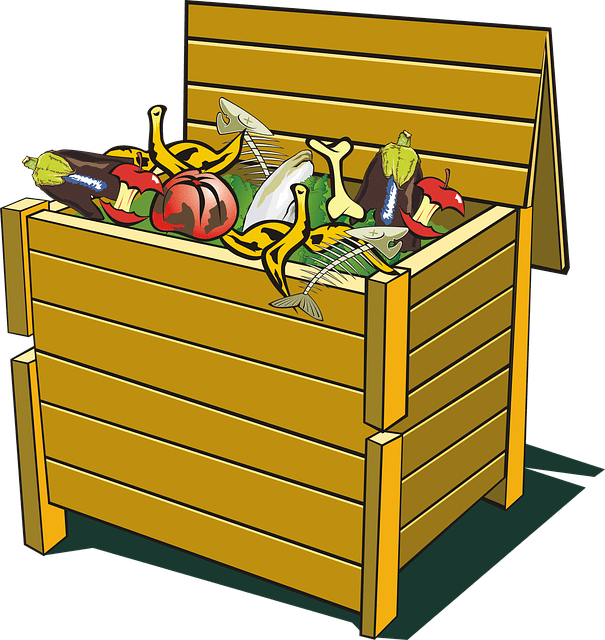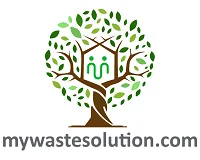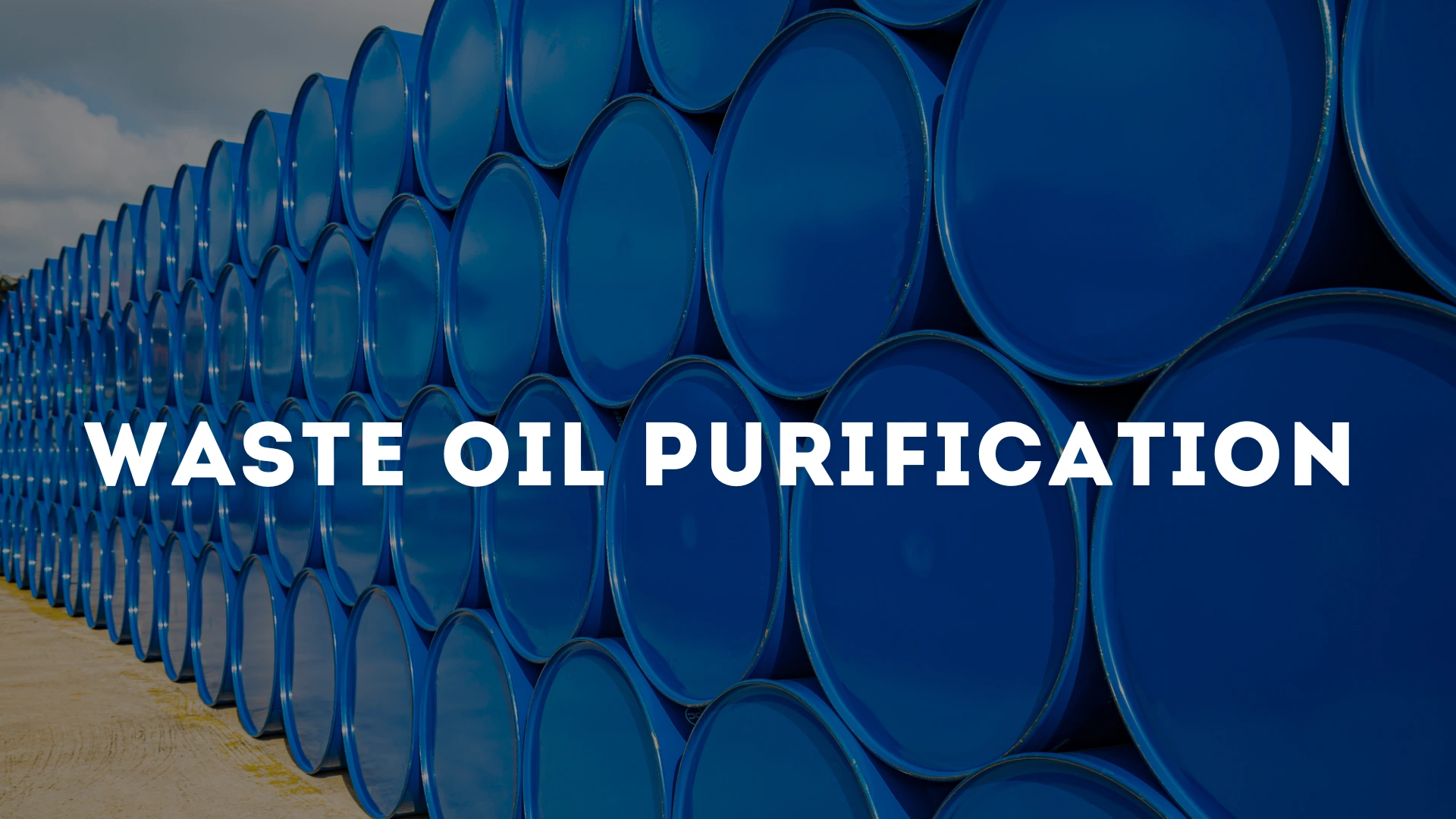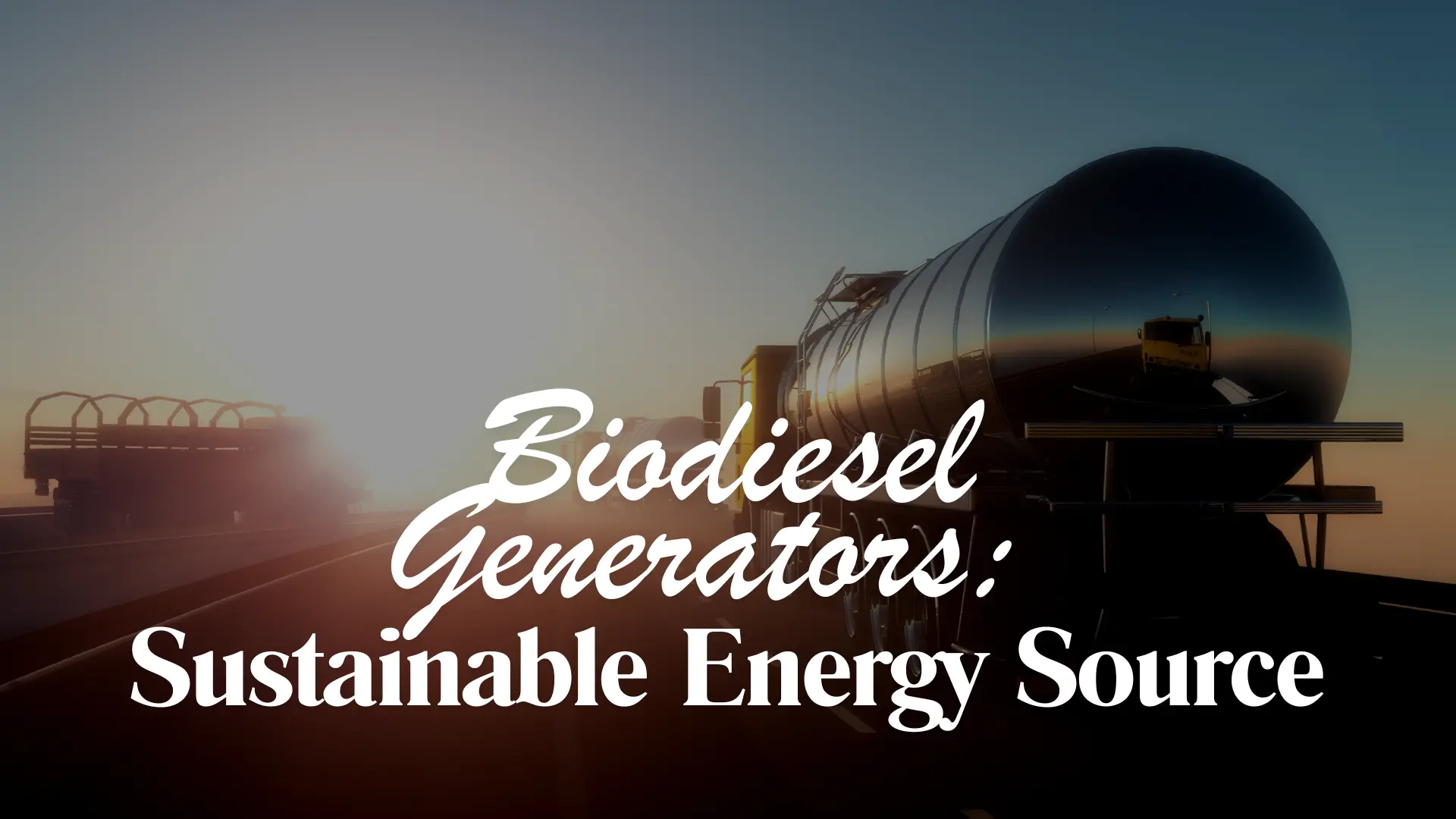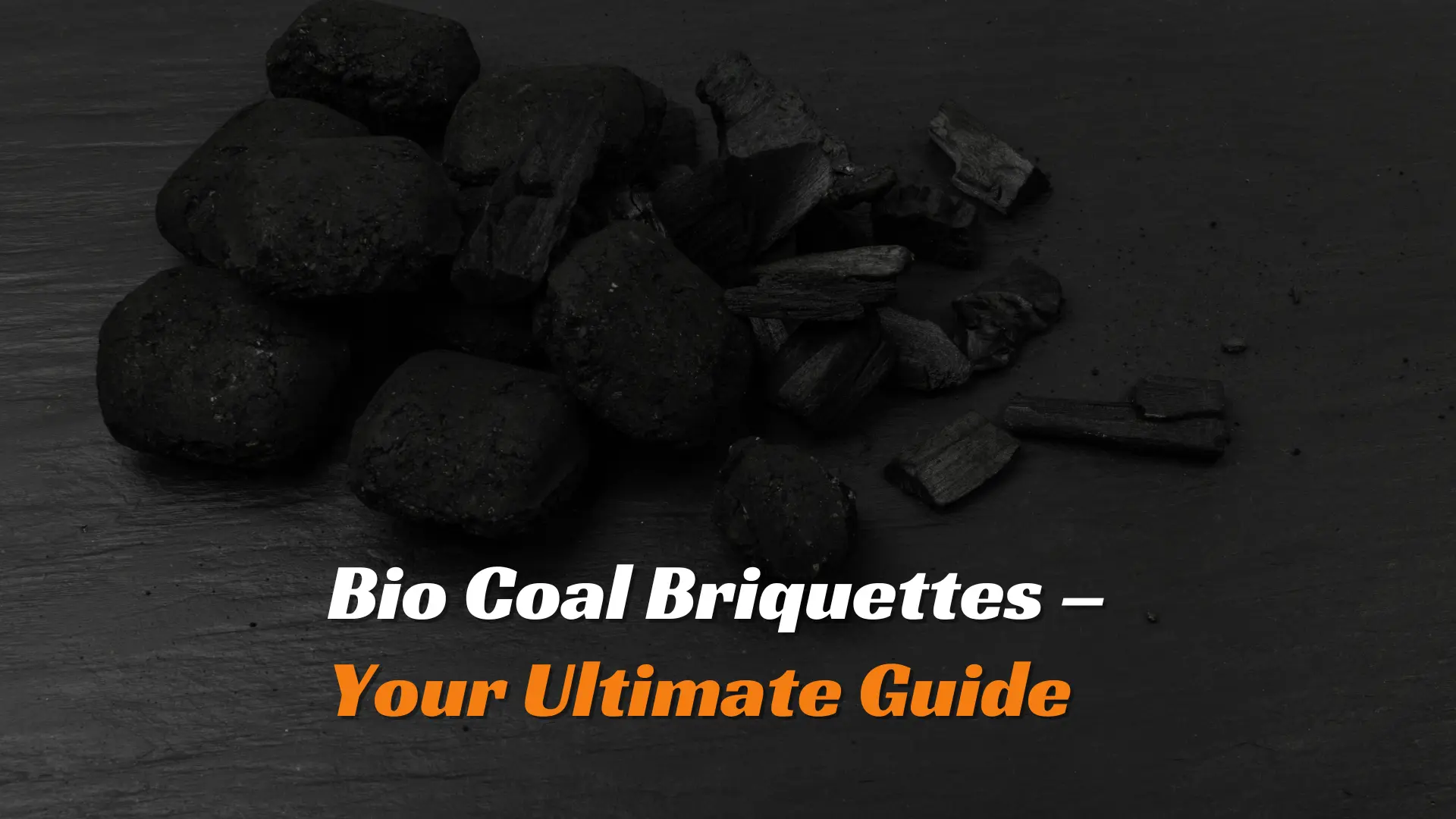Today we are going to talk about production biofuels from food waste. But, to start with, let me ask you a simple yet complicated question. Do you know how much food goes to waste?
Well, according to the Food and Agricultural Organization one third of the food for human consumption gets lost during the supply chain globally. Moreover, according to the UN, half of the fruits and vegetables produced globally goes to waste each year. Half of the fruits and vegetables! Ever since I read this, I have been wondering where all of this food goes. I found out that in some countries people incinerate food waste. They also use other combustible wastes in the process for possible recovery of energy. However, we all know how incineration can harm the environment. Plus, there’s a better way which is to produce biofuels from food waste.
In my previous blog, I talked about conversion of organic waste to energy and this blog is sort of a continuation. In this blog, we will get to know about various processes used for production of biofuels from food waste.
Introduction
Food waste is organic waste which comes from food production plants or commercial kitchens like cafeterias. According to the Food and Agricultural Organization 1.3 billion tonnes of food that includes fruits, vegetables, meat, bakery, and dairy gets lost during the supply chain. In the coming 25 years, food waste is only going to increase due to an increase in population growth.
Traditionally, people incinerate the food waste with combustible material for heat generation. This leads to production of dioxins due to the moisture in food waste. Moreover, incineration leads to air pollution. All of this suggests the requirement for new ways for food waste management. Production of biofuels from food waste is one such way. Fuel applications create more value than generation of electricity and animal feed. Food waste has another use which is production of organic chemicals and enzymes. But, the market demand for these is much smaller than for biofuels.
I had a discussion on the same with Rachna Yadav who has a masters degree in environmental science. She mentioned that food waste is not just an ethical and economical problem but it also plays a role in environmental pollution. We can produce ethanol, biodiesel, renewable diesel and biogas from the food waste with help of technologies such esterification, anaerobic digestion, hydrolysis, fermentation and thermal gasification. The wise use of food waste can decrease our dependency on the crude oil. The use of food byproducts and it’s conversation is still limited because of the limitations of its quantification along the food supply chain, limited data availability on the quality and unstable composition. The exploitation of food waste for the production of biofuels is also in line with the 2030 Agenda for Sustainable Development set by the UN in 2015.
So, let’s discuss techniques that have been developed to produce various kinds of biofuels from food waste.
Explore Bio-fuel Management Solutions
Find top machinery, plants, tools, resources, companies, and consultancy for comprehensive extraction of bio-fuel from food waste needs.
Ethanol Production
Ethanol has wide industrial application and therefore, its demand keeps increasing. One use of ethanol is production of ethylene which has market demand of more than 140 million tonnes per year. Ethylene is used as the key material for further production of polyethylene and other plastics. Bioethanol production from cheap feedstocks has also gained a lot of interest. Generally, bioethanol comes from cellulose and starch rich harvests, for example potato, rice, and sugar cane.
Starch can be easily turned into glucose by commercial catalysts and consequently fermented to ethanol especially by Saccharomyces cerevisiae. However, the hydrolysis of cellulose is more troublesome. Food waste hydrolysis turns out to be a lot harder if enormous amounts of cellulosic feedstocks are present in food waste. Utilization of abundant and affordable wastes, for example, lignocellulosic, municipal and food wastes has been investigated as alternative substrates for ethanol creation.
Pre-treatments
Before fermentation, autoclave of food waste is required for improving the yield and purity. This requires a lot of energy and water consumption. Rewetted dried food waste is not as effective as fresh and wet food waste. This is due to decreased specific surface area of the dried substate. This results in a decreased efficiency between the enzymes and the substrate. Hence, without a drying pre-treatment, utilization of food waste is preferred as long as microbial contamination is manageable.
Saccharification
The efficiency of deriving biofuels from food waste such as ethanol depends upon the extent of carbohydrate saccharification as yeast cells. A mixture of α-amylase, β-amylase, and glucoamylase is more effective for substrates with higher molecular weight. The list of saccharifying enzymes has been updated with Pullulanase. This enzyme can specifically catalyze the hydrolysis of α-1,6-glycosidic linkages of branched polysaccharides. This results in the release of linear oligo-saccharides.
Saccharification process can lead to the production of small fermentable sugars (e.g. maltose, amylose, glucose, maltose syrups, and fructose). Cellulases and xylanases including endoglucanase, exoglucanase, β-glucosidase and β-xylosidase, can also be employed to improve the hydrolysis of cereals for conversion of starches to glucose.
Process Configuration
By increasing enzyme concentration and temperature at different solid loads, agitation speeds and hydrolysis times in the saccharification processes, high glucose yield is achievable. It may result in catabolite repression of the enzymes. Therefore, saccharification and fermentation have been developed for achieving high ethanol yield from food waste.
Hydrogen Production

Hydrogen has high energy yield (142.35 kJ/g) and is used as a compressed gas. Its production is most suitable with food waste which is rich in carbohydrates. Production of hydrogen depends upon factors such as pre-treatments and the composition of food waste.
Struggling with bio-fuel extraction issues? Connect with top consultants specializing in extracting bio-fuel from food waste.
Connect NowSubstrate Composition
Potential of carbohydrate-based waste has been reported 20 times higher than fat-based or protein-based waste for hydrogen production. This was to some extent attributed to the utilization of hydrogen towards ammonium utilizing nitrogen created from protein biodegradation.
Pre-treatments
Hydrogen generated by Clostridium and Enterobacter, is often readily consumed by hydrogenotrophic bacteria. To suppress hydrogen-consumers, seed biomass is generally pretreated with heat. Food waste can be a source of H₂-producing microflora. Several pre-treatments have been applied to select microflora for hydrogen production.
In untreated food waste, the most abundant species are lactic acid bacteria. Whereas, H₂ producing bacteria are dominant in the pre-treated food waste. Heat treatment is effective for suppressing lactate production and increasing H₂ production. However, it is investigated that pre-treatments only have short-term effects on hydrogen production and they are not crucial.
Find and connect with leading companies specializing in bio-fuel extraction from food waste.
Get Connected Today
Methane Production
Production of biogas, particularly methane via anaerobic process is an acceptable way of producing biofuels from food waste. It has advantages like low-cost, low production of residual waste and its use as a renewable resource. There have been various investigations for two-stage anaerobic digestion of fruit and vegetable wastes. In a study by Lee et al. 360 [100], FW was converted to methane using a 5-L continuous diges361 ter fed with an OLR of 7.9 kg VS/m3 d, resulting 70% VS conversion 362 with a methane yield of 440 mL/g VS.
The characteristics of the substrate and process configuration are the main factors that affect performance of anaerobic digestion. Physical and chemical characteristics like moisture, nutrient content, particle size affect the biogas production and stability.
Single Stage Anaerobic Digestion
For the methane production process to be efficient, this step is very important. Single stage anaerobic digestion has been widely used for municipal solid waste treatment. The anaerobic digestion can be wet or dry; the former uses the waste as received, while the latter needs to lower water content to about 12% of total solid. In comparison with wet anaerobic digestion, dry anaerobic digestion provides lower methane production.
Two-stages Anaerobic Digestion
Two stage anaerobic digestion has been used to produce both hydrogen and methane in separate reactors. In such a system, fast-growing acidogens and hydrogen producing microorganisms are enriched for the production of hydrogen and volatile fatty acids (VFAs) in the first stage. In the second stage, slow-growing acetogens and methanogens are built-up, where VFAs are converted to methane and carbon dioxide.
Biodiesel Production

Food waste was also converted to fatty acids and biodiesel direct transesterification using alkaline or acid catalysts or by the transesterification of microbial oils produced by various oleaginous microorganisms. Many yeast strains can produce microbial oils which can be used as the substitute of plant oils due to their similar fatty acid compositions. They can also be used as a raw material for biodiesel production.

Explore the best bio-fuel extraction machinery and plants for your industrial needs.
Connect TodayIs ‘Biofuels From Food Waste A Sustainable Approach?

Now that we have discussed all the techniques that are used for producing biofuels from food waste, let’s see how it is sustainable.
Food waste management has posed an environmental concern. From what we have discussed, producing biofuels from food waste is an economically viable solution. There are difficulties related to the collection/transportation of food waste which should be taken into account. But, nevertheless the low cost of food waste along with the environmental benefits considering the waste disposal would balance the initial high capital costs. The efficiency and cost base of the production could be further improved by intensifying research and optimization studies on integrating different value-added product manufacturing processes.
Struggling with food waste buying and selling issues? Connect with food waste buyers and sellers here.
Buyer Listings Seller ListingsConclusion
With food waste management being such a big problem, production of biofuels from food waste is a sustainable approach. The techniques used are low cost and do not release harmful toxins in the environment. All of these techniques result in the production of biofuels which can be used in so many ways and solve this big problem!
